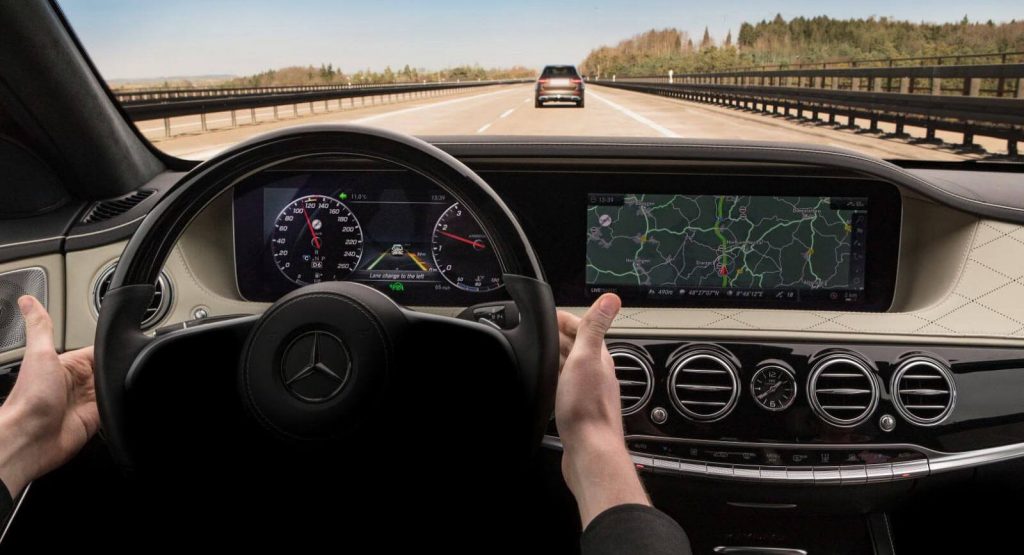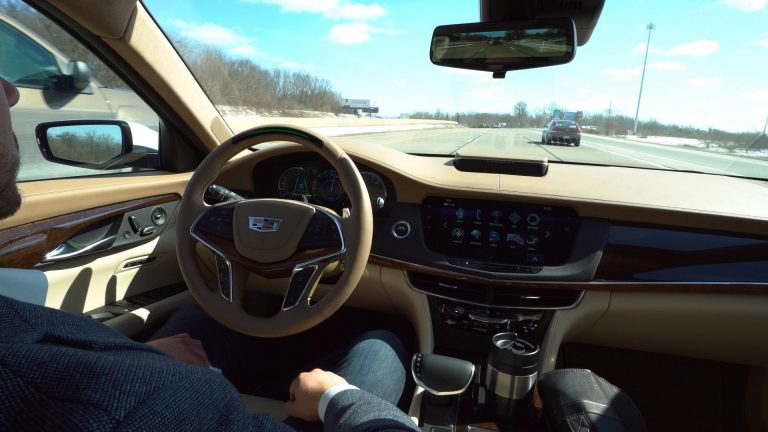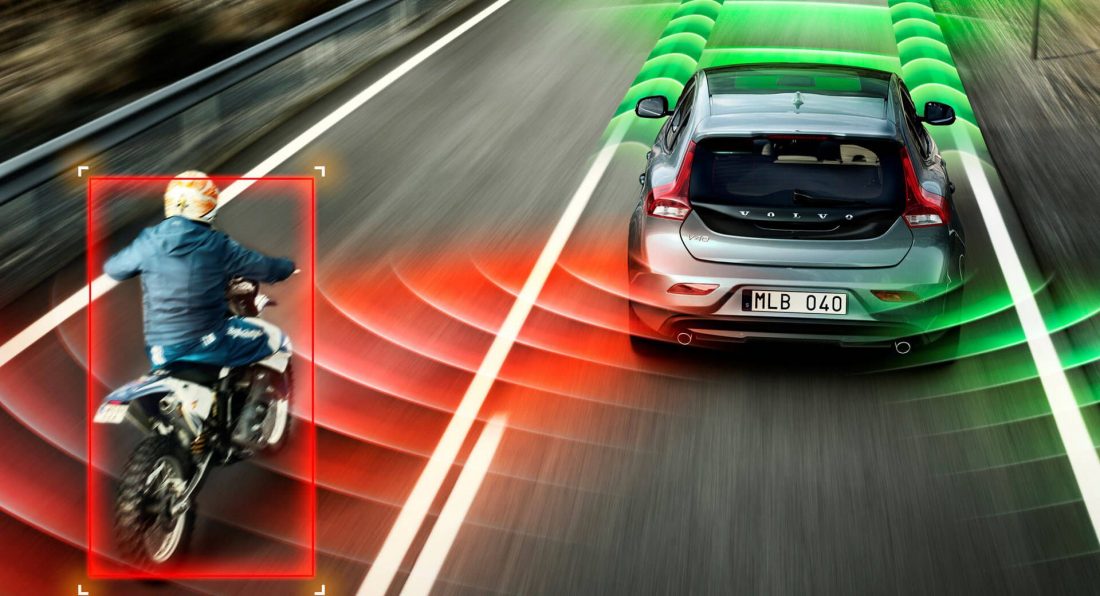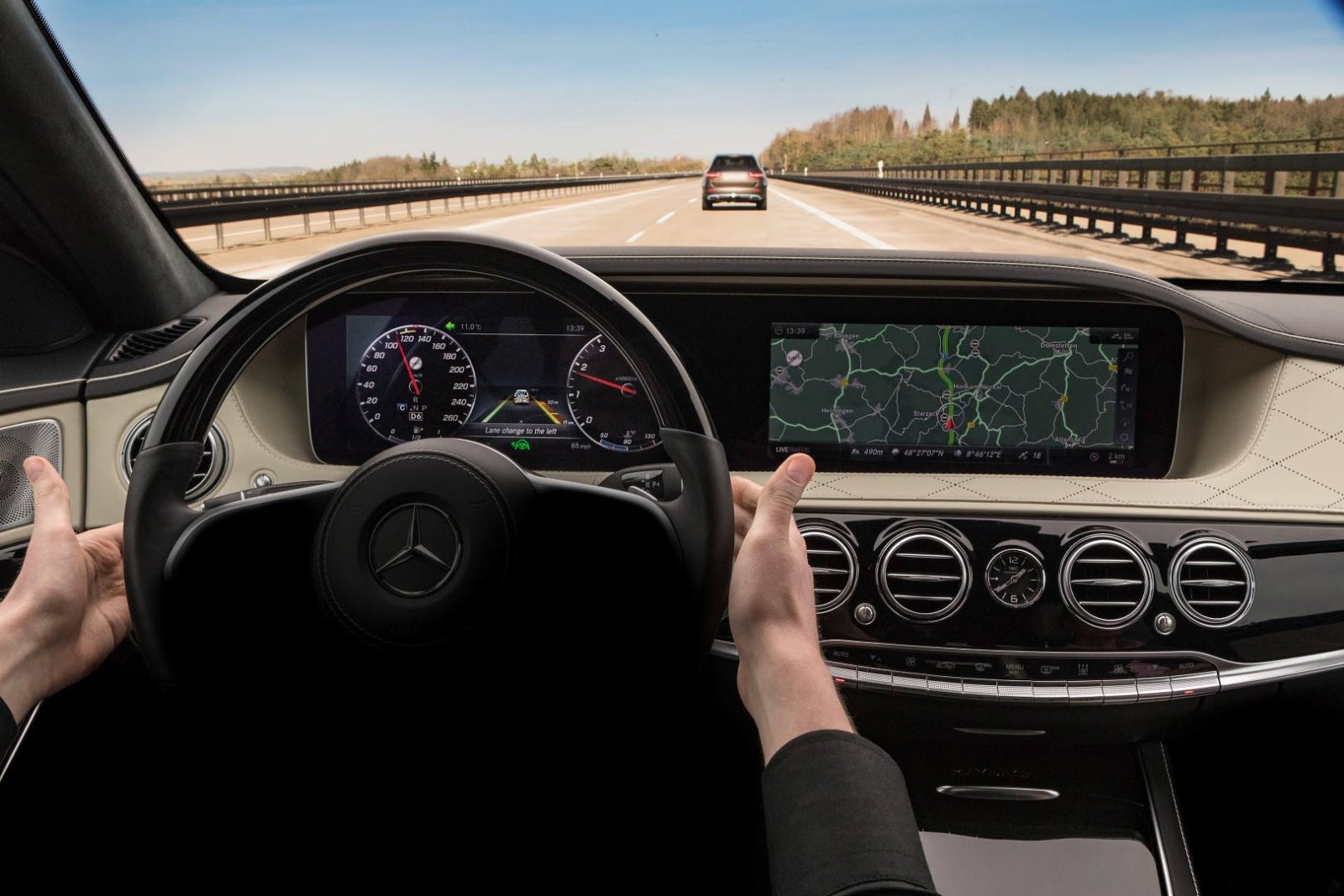Today’s driver assistance systems can accelerate, brake and even steer for you in certain situations. However, according to the Institute for Highway Safety (IIHS), they’re still not advanced enough to substitute for human drivers completely.
While testing Level 2 self-driving technologies from Tesla, Mercedes, BMW and Volvo on the road as well as the track, the IIHS concluded that each system also came with potentially dangerous weaknesses, as reported by Automotive News.
“We don’t think any of these five systems can be relied on,” said IIHS chief research officer, David Zuby. “Drivers must remain attentive when these systems are in use.”
During four track-based tests, the IIHS discovered weaknesses in Volvo’s adaptive cruise control system, as well as Tesla’s automated emergency braking system, relative to competitors from Mercedes and BMW.
Meanwhile, on-road tests uncovered issues with all the systems, as every vehicle tested (except the Tesla Model 3) failed to respond to stationary vehicles ahead at one point or another. As for the Model 3, it displayed overly cautious braking 12 times during 180 miles (289 km) of testing – engineers reported that seven of its incidents coincided with tree shadows on the road.
“It’s not clear that the unnecessary braking is the direct trade-off associated with better detection of stopped lead vehicles, but it could be,” added Zuby. “We would need to do additional testing to understand that further.”
The IIHS also found issues of inconsistency with lane-keeping systems. Tesla’s Autosteer system did however manage to impress most in a series of six trials on three sections of curved road, where the Model 3 managed to stay inside the lane markings in all 18 attempts (the Model S crossed the lane line only once). Mercedes and Volvo’s active lane-keeping systems stayed inside the lane lines in just nine of 17 attempts, while BMW’s was successful in just 3 of 16 attempts.
The same test was then moved to a section of road with an incline so as to test the system’s ability to navigate hills. Here, the Model 3 stayed in its lane in all but one attempt, whereas the Mercedes system did well in 15 of 18 tries. Volvo performed positively in 9 of 16 attempts, the Tesla Model S in 5 of 18 and BMW shockingly failed all 14 attempts.
Another thing worth noting is that despite fairing well in some tests, the Model S and Model 3 had the most dramatic failures during track-based testing as both models hit stationary objects while engineers tested their automated emergency braking performance.
The IIHS is currently developing a comprehensive test scheme for these systems, which should be ready in about 12 months time, stated Zuby.






